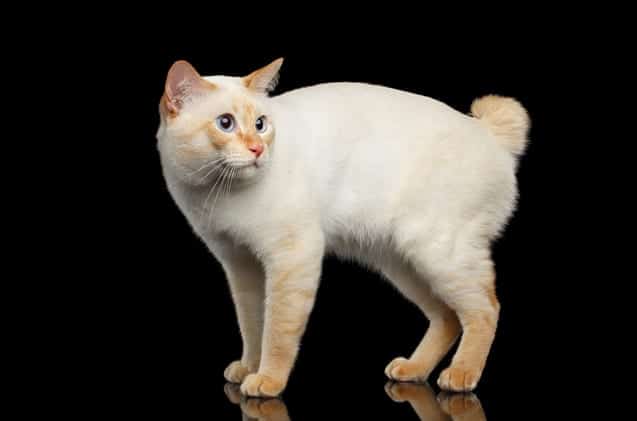Why do cats have tails? This question has intrigued cat lovers and scientists alike for centuries. Cats are known for their graceful movements and agile behavior, and their tails play a crucial role in their everyday lives. Let’s explore the purpose and function of tails in domestic cats.
One of the primary functions of a cat’s tail is to maintain balance and agility. Cats are natural climbers and jumpers, and their tails act as a counterbalance, helping them stay steady and poised while navigating trees, fences, or any elevated surfaces. Additionally, when hunting or playing, cats use their tails to make quick turns and changes in direction, allowing them to pounce on their prey or engage in a playful chase.
Furthermore, a cat’s tail serves as a means of communication and expression. The position and movement of a cat’s tail can convey various emotions and intentions to other animals and humans. For example, a straight and upright tail indicates confidence and alertness, while a puffed-up tail signifies fear or aggression. By observing a cat’s tail, we can better understand their mood and intentions, enhancing our ability to interact with them.
In addition to balance and communication, a cat’s tail also plays a role in temperature regulation. In warm weather, cats’ tails help dissipate heat, acting as a natural cooling mechanism. On the other hand, during colder months, a cat’s tail provides insulation, helping them retain body heat. This adaptive feature ensures that cats can maintain a comfortable body temperature regardless of the external conditions.
In conclusion, cats have tails for a variety of reasons. From maintaining balance and agility to communicating their emotions and regulating body temperature, a cat’s tail is a multifunctional appendage that contributes to their overall well-being. So, the next time you see a cat gracefully swishing its tail, remember that it serves a vital purpose in their daily lives.
Balance and Agility

When hunting or engaging in play, cats rely on their tails to execute quick turns and changes in direction. Just like a rudder on a ship, the tail acts as a steering mechanism, helping cats maintain their momentum and pounce on their prey or chase after a toy. It’s fascinating to observe how a cat’s tail effortlessly sways and moves in sync with their body, enhancing their agility and ensuring their movements are precise and controlled.
Furthermore, a cat’s tail serves as a visual indicator of their mood and intentions. When a cat is relaxed and content, their tail is often held upright or gently swaying from side to side. On the other hand, a puffed-up tail can indicate fear or aggression. By observing the position and movement of a cat’s tail, other animals and humans can better understand their current state of mind.
In conclusion, the tail of a cat is not just an aesthetic feature, but a vital tool that contributes to their balance, agility, and communication. It showcases the remarkable adaptability and versatility of these fascinating creatures.
Communication and Expression

When a cat is feeling content and relaxed, its tail is often held high and straight. This position indicates a friendly and approachable demeanor. On the other hand, if a cat’s tail is puffed up and bristled, it signifies fear or aggression. This defensive posture warns others to keep their distance.
Furthermore, the swishing motion of a cat’s tail can reveal its current mood. A slow and gentle swish usually indicates curiosity or interest, while a rapid and agitated movement suggests annoyance or agitation. By observing the tail, both animals and humans can gauge the cat’s state of mind and respond accordingly.
In addition to these subtle movements, the position of a cat’s tail can also convey specific messages. For example, when a cat wraps its tail around another animal or human, it is a sign of affection and trust. On the other hand, a tucked tail between the legs indicates fear or submission.
In summary, a cat’s tail serves as a versatile tool for communication and expression. Through its position, movement, and gestures, a cat can convey a wide range of emotions and intentions to both its own kind and to humans. Understanding these tail signals is essential for building a strong bond with our feline companions and ensuring effective communication.
Temperature Regulation

On the other hand, in cold weather, cats’ tails play a crucial role in providing insulation. The thick fur on their tails helps to retain body heat and keep them warm. Cats instinctively curl their tails around their bodies or tuck them under their bodies to conserve heat. This natural adaptation allows them to maintain a comfortable body temperature even in chilly conditions.
It’s fascinating how cats’ tails serve a dual purpose in temperature regulation, adapting to both warm and cold environments. Whether it’s keeping cool during scorching summers or staying cozy in freezing winters, cats rely on their tails to maintain a comfortable body temperature. It’s yet another remarkable feature that showcases the incredible adaptability and survival skills of these fascinating creatures.
